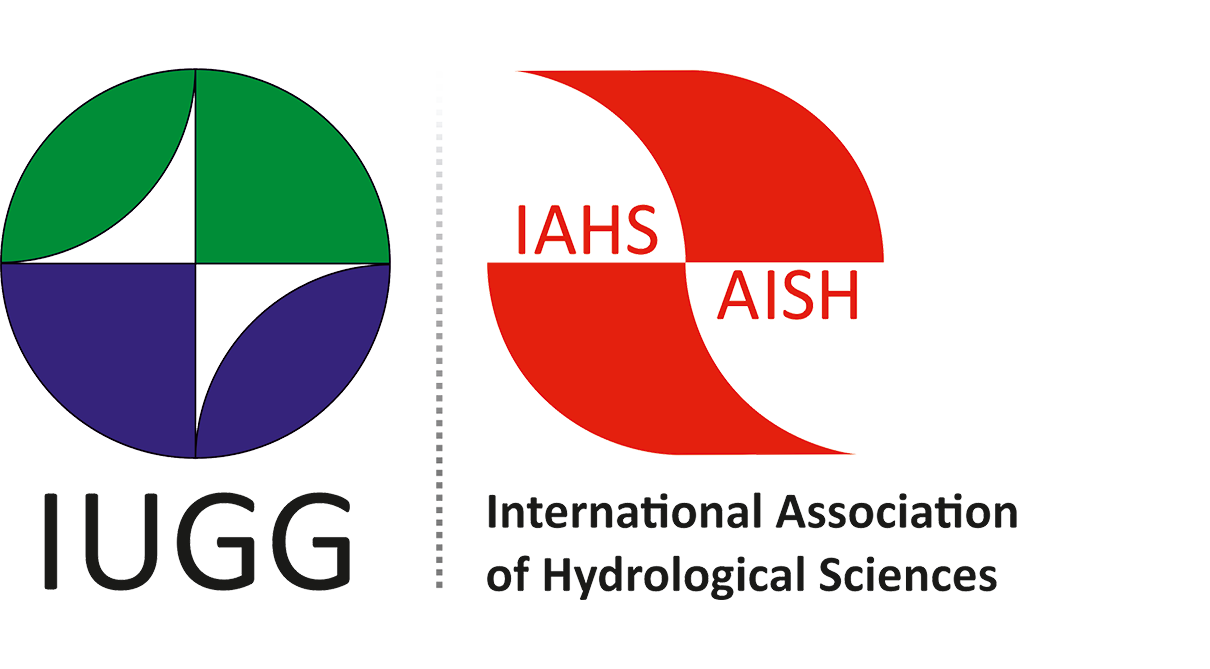IAHS News
Climate and land surface changes in hydrology
Symposium H01 on Climate and Land Surface Changes in Hydrology was conducted over four days at the IAHS-IAPSO-IASPEI Joint Assembly in Gothenburg, 22-26 July 2013. The programme comprised nearly 50 oral presentations and more than 50 poster presentations, and 69 peer-reviewed proceeding papers of high quality were published in an IAHS redbook (IAHS Publ. 359). The symposium addressed the complications and challenges in hydrological modelling and water management due to spatial and temporal variability resulting from climate and land use changes. Important objectives were to address the effects of past, current and future climate and land use changes on hydrological processes, including climate-hydrology feedback-processes, and to evaluate the impacts of such changes on water resources and flood and drought risks.
The symposium was organized in five main thematic sessions that were each opened by a Keynote presentation:
- Climate Change and Extreme Events
- Climate Change and Water Resources
- Climate and Spatial Hydrological Processes
- Land-Atmosphere Research in Hydrology
- Land Cover Change and Hydrological Processes
For the first theme “Climate Change and Extreme Events”, Florian Pappenberger (European Centre for Medium-Range Weather Forecasts, UK) gave a Keynote talk entitled “Seamless forecasting of extreme events on a global scale” where the latest developments of high spatial resolution ECMWF early warning forecasting applications were presented for floods, droughts, wildfire and malaria. Other presentations under this theme addressed historical data- and model-based analyses of climate and land use impacts on floods as well as experiences with strategic adaptation and flood designs.
Dieter Gerten (Potsdam Institute for Climate Impact Research, Germany) gave a Keynote presentation on Global climate change impacts on freshwater availability – an overview of recent assessments under the theme Climate Change and Water Resources. The presentation highlighted the importance of vegetation and carbon cycle dynamics for evaluation of “green” water availability, and an integrated global vegetation/water balance model was applied to large ensembles of global climate scenarios to assess green-blue water scarcity. A suite of global hydrological and land surface model schemes was also used, and the large differences in results from the various hydrological models were discussed to further increase uncertainty in climate impact assessment studies. Many other studies under this theme addressed the role of post-processing and uncertainty of climate predictions. Climate impacts on observed, simulated or predicted water resources were also analyzed in a number of regional case studies in various parts of the world including remote and data-scarce regions.
Michael Butts (DHI, Denmark) gave a Keynote talk Embedding complex hydrology in the climate systems – towards fully coupled climate-hydrology models” which was presented in relation to the theme Climate and Spatial Hydrological Processes. He presented the status of a long-term effort to develop a full dynamic coupling of the MIKE SHE and HIRLAM models. The coupling of the comprehensive spatially distributed hydrological model MIKE SHE and the regional climate model HIRLAM is based on the physics of a soil-vegetation-atmosphere transfer (SVAT) model, and it was found that the coupled simulations can be very different from uncoupled model results. A number of other very interesting hydrometeorological and spatial surface-subsurface-atmosphere model integration studies were presented under this theme, and a variety of studies addressing spatial hydrological processes and the use of multi-source data for hydrological modeling was included.
The theme on Land-Atmosphere Research in Hydrology was opened by a Keynote presentation by Peter J. van Oevelen (International GEWEX Project Office, USA) entitled GEWEX Land-Atmosphere Research: An Outlook. The presentation highlighted the objectives of GEWEX and its developments in Land-Atmosphere Research which in the early days had a strong emphasis on Earth Observations. Lately the modeling of atmospheric processes and land-surface atmosphere interactions is becoming more important. Within GEWEX, the panel GLASS (Global Land-Atmosphere System Study) is currently starting up a benchmark activity to evaluate the capability of different land surface models. A number of comprehensive model-based land surface-atmosphere studies was also presented under this theme of which several presentations applied the meso-scale model WRF (Weather Research and Forecasting) for simulating spatio-temporal variations in land surface energy fluxes and atmospheric processes. A number of empirical and model-based regional studies on land surface heat flux development and evapotranspiration was also presented.
The final theme on Land Cover Change and Hydrological Processes was opened by Stan Schymanski (ETH Zurich, CH) who gave a Keynote presentation on Long-term response of vegetation to environmental change – the role of observations and models”. The presentation highlighted the role of leaf stomata and vegetation cover to adapt to environmental conditions thereby impactin
